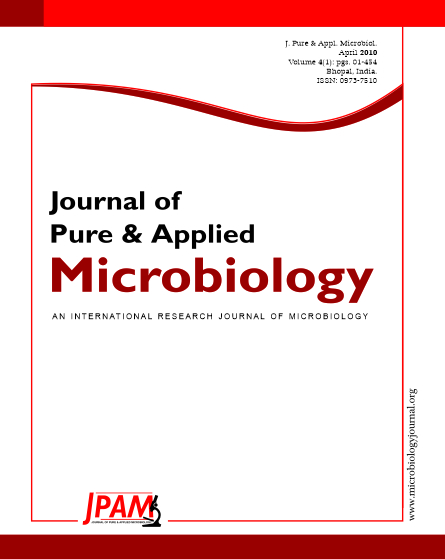The root nodules of Crotalaria saltiana Andr., a roadside perennial weed, contained Indole Acetic Acid (IAA). The Rhizobium sp. isolated from the root nodules of the plant was identified by physio-biochemical characteristics. A tryptophan pool present in the nodule might serve as a source of IAA production. The isolated bacterial strain produced high amount of IAA (61 µg/ml) from L-tryptophan supplemented yeast extract mannitol (YEM) medium. Production of IAA and the growth of the bacteria started simultaneously, though the bacteria had a separate growth and production phase. At the stationary phase IAA production was maximum. Attempts were made to optimize the cultural requirement for growth and maximum IAA production. The IAA production was increased from 16 mg/ml to 212.5 mg/ml when a L-tryptophan (2 mg/ml) supplemented carbon-free mineral medium was enriched with mannitol (1.5%) as carbon source, biotin (1 µg/ml) as vitamin source and KNO3 (0.1%) as nitrogen source. The possible role of the rhizobial production of IAA on the Rhizobium-legume symbiosis is discussed.
Crotalaria saltiana, Rhizobium, Indole acetic acid (IAA), root nodule
© The Author(s) 2010. Open Access. This article is distributed under the terms of the Creative Commons Attribution 4.0 International License which permits unrestricted use, sharing, distribution, and reproduction in any medium, provided you give appropriate credit to the original author(s) and the source, provide a link to the Creative Commons license, and indicate if changes were made.


